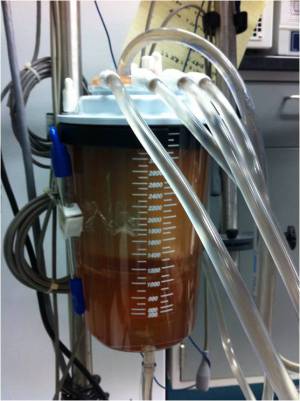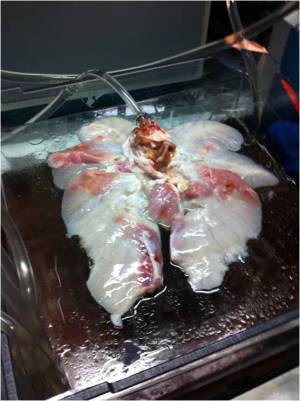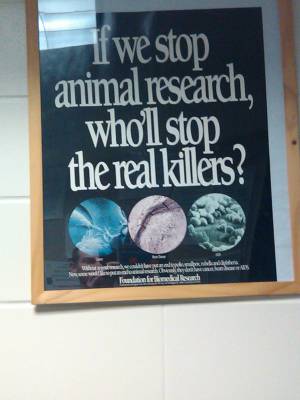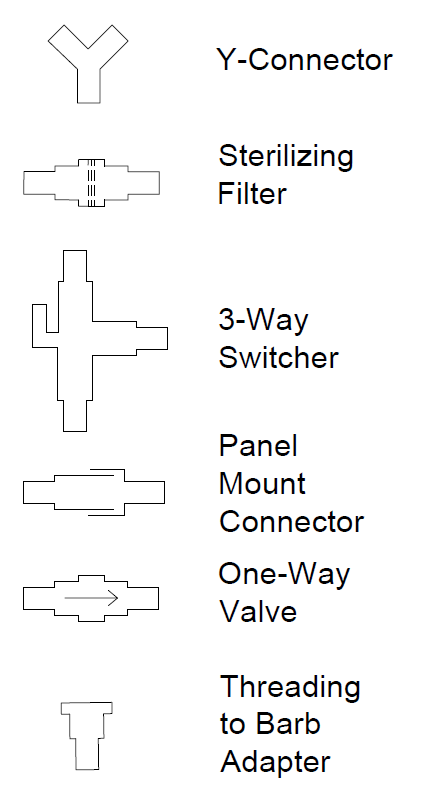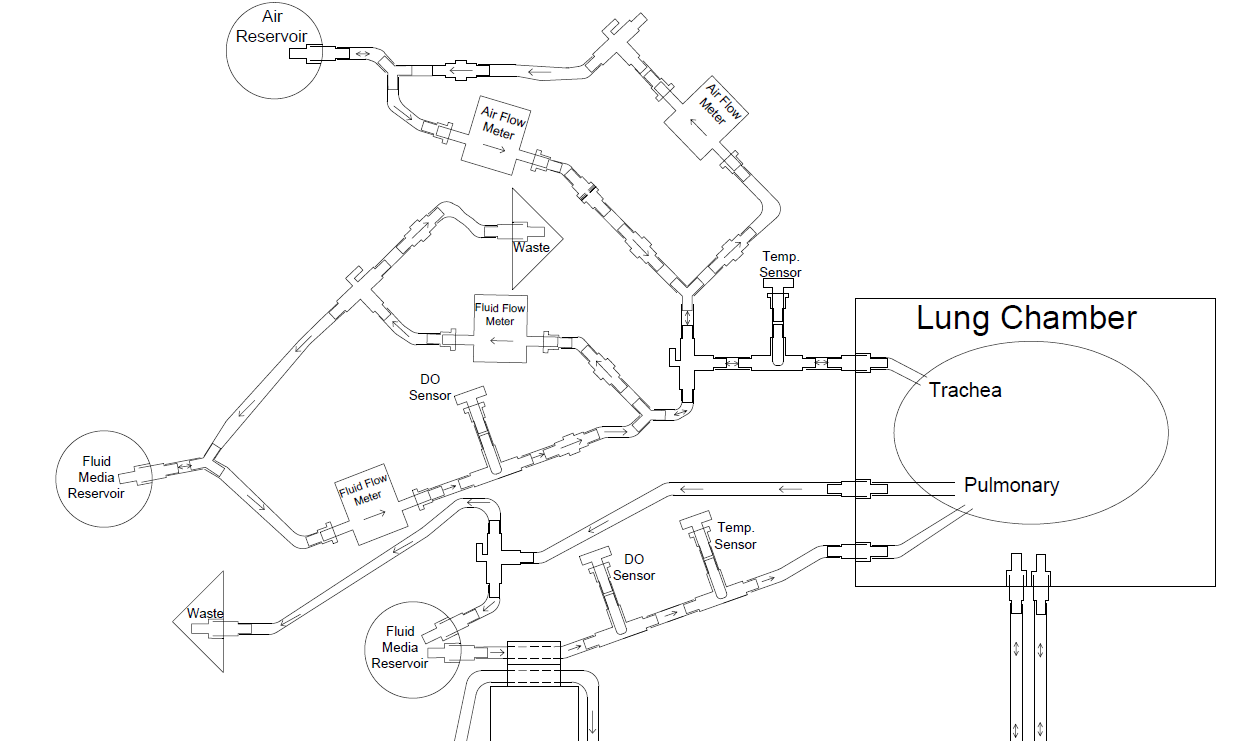NOT CURRENT
THIS WEBPAGE IS NO LONGER KEPT UP TO DATE. FOR THE UPDATED WEBPAGE ON OUR BIOREACTOR GO TO Lung Bioreactors.
DO NOT UPDATE THIS WIKI, AS ANY UPDATES TO THIS WIKI WILL NOT BE SEEN BY THE LUNG BIOREACTOR EXTRAORDINAIRES
The TEAM
Anthony Assal, Julian Alvarez, Malcolm Dell, Elli Rappaport, Yaron Tokayer
Video Introduction: http://www.youtube.com/watch?v=lAjVIXVir5o
Lung Bioreactor
Lung transplants require an exact match between the donor and patient and even so are challenging and only rarely successful in the long run. In an effort to increase the success rate of lung transplants we are designing a lung bioreactor in order to facilitate the genetic remodeling of a lung. The bioreactor will imitate the conditions in the human body in order to keep the lung alive while utilizing stem cells to genetically remodel the lung in order to match the patient’s needs.
Problem Statement
- Lung disease kills approximately 400,000 people in the United States each year.1)
- Lung transplants are only 10-20% successful over the course of ten years.2)
We need to engineer an environment that will allow for the decellularization and subsequent repopulation of human lungs suitable for transplant.
- When the current process was used on rats it was noticed that the new cells did not fully grow on all parts of the lung which led to some small clots.3)
Schedule and Minutes
Background Research
In Harvard4), Yale5), and Columbia6) doctors have been working on a process using a Lung Bioreactor in order to more successfully perform lung transplants. This process involves using a special detergent to remove the current cells on the lung, leaving the lungs matrix or scaffolding, which is identical in every body. The now-white lung is placed in the bioreactor, which is designed to simulate the conditions (pressure, temperature, etc.) so that the new cells of the lung acceptor can properly grow on the lung scaffolding. Thus far these experiments have created working lungs, but only for a short period of time due to the cells not fully and properly regrowing in the bioreactor.7)
For a video of the process see: http://goo.gl/oTwCD
The video was taken from the Yale University School of Medicine and edited. The full video can be found athttp://www.eurekalert.org/multimedia/pub/23303.php?from=163046.
Links to Research Pages
Functions and Designs
Function tree for a rigid lung chamber design 2011 Lung Bioreactor Rigid Prototype
Below are our current plans for our fluid flow and our negative pressure system. In addition, we have attached pictures of some of the components of our prototype. Beneath those is a link to our past designs and plans.
Materials
Negative Pressure
We will be using a set of (2 or 3) programmable peristaltic pump drives. Each pump drive will hold 2 pump heads in order to allow for maximum flow in minimum time. Using the double pump head, each drive can provide approximately 5800 mL/min. Therefore, using two drives will allow us to pull 800 mL in 4.3 seconds. Assuming the 6 breaths/min and 8 mL/kg bodyweight/breath, the two pump system will provide enough power to keep a lung from a 220 lb person functioning. For more than that we would need the third pump drive.
Details on Pumps to be used for Negative Pressure
Pump Control
The pump that we intend to use will be controlled using an Arduino Uno micro-controller.
To control the start/stop of the pump, pins 8 and 14 from the back of the pump must be connected to one another. In order to control the direction of the pump (CW/CCW), pins 8 and 6 must be connected to one another. The speed of the pump can be controlled using an analog voltage of 0 to 10 volts between pins 5 and 1. The voltage to rpm correspondence can be altered in order to accommodate the Arduino's 0 to 5 VDC output or we can boost the arduino to 0 to 10 VDC. In addition, since we would keep the pump speed the same during a process (and there would be no cycle like there is with the start/stop and the direction) we could simply control the pump speed on the drive panel.
Here is a video of the setup working to control the power and direction of the pump used for the negative pressure. The red LED in the video represents the pump running and the green LED means that the pump is running counterclockwise. The arduino controls the setup to go clockwise for 4 seconds, pause for 1, run counterclockwise for 4 seconds, and then another 1 second pause.
Random Info
As a possible solution to the sterility issues of the current design, most of which are stemming from the large open chamber holding the lungs, and also in the interest of saving large volumes of media which would otherwise be completely surrounding the lung, a tighter, sterile containment bag could be placed around the lung. This would allow the substitute of water to be used in the negative pressure system instead of media, and also allow manipulation of the lung while in the chamber without breaking sterility.
FlexBoy Plastic Bags data_flexboy_standard_bags_spl2003-e.pdf or similarly constructed plastic bags- must have output lines and a ~1 L capacity (assuming 800 mL volume lung)
Modification of the bags would be necessary each time the lung is placed inside, so the feasibility of this option is still under discussion.
Temperature Control
We can regulate the reservoirs for the blood and trachea fluids using an electric thermostat system (similar to a house water heating system) by heating the fluids to 37 degrees Celsius. We would pump the warm fluids from the tank and while circulating in the lung it would conduct heat and keep the lung at the desired temperature.
Also see Google Shopping for general pricing Heating Element Supplier
Protected Area
Some Useful External Links
Harvard Bioscience paper http://www.nature.com/nm/journal/v16/n8/abs/nm.2193.html
Picture of Harvard Rat Lung Bioreactor http://www.medgadget.com/archives/img/nqw34gvv.jpg
Picture & Description http://www.hugo-sachs.de/bath/il2_new.htm
Informal Discussion on Stem Cells http://science.howstuffworks.com/environmental/life/cellular-microscopic/stem-cell.htm
MedGadget Article http://medgadget.com/archives/2009/04/toronto_xvivo_lung_perfusion_system_for_better_organ_preservation.html
On Lung Function http://www.anaesthetist.com/icu/organs/lung/Findex.htm#lungfx.htm
Harvard Bioscience http://www.harvardbioscience.com/companies.cfm?show=hugo
Lung Info http://www.ehow.com/how-does_4924212_fetal-lung-development.html
